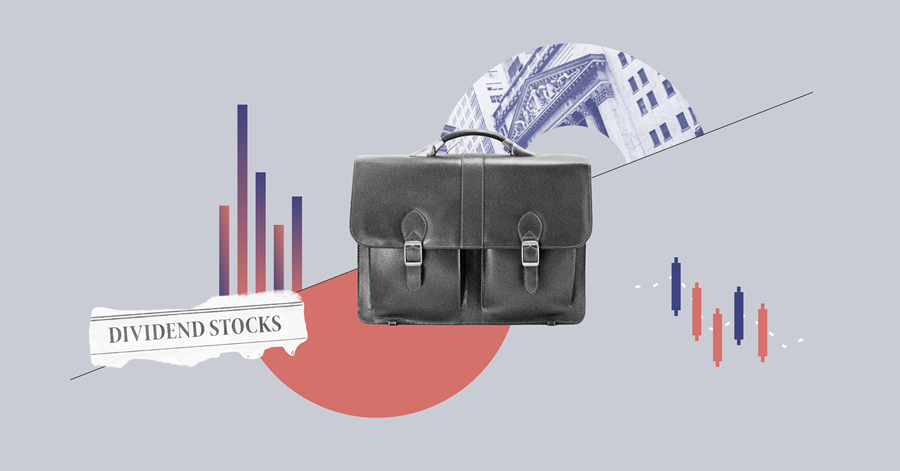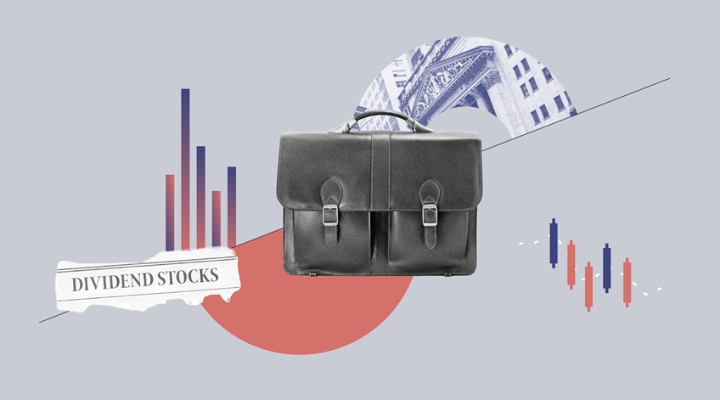.jpg)
A 10% dividend yield looks attractive-- it's also a red flag. Especially in times of recession or when there is a threat of the economy cooling down, as is the case now due to rising interest rates.
The basis for a high dividend yield is either a high dividend or a low share price. The latter comes into play when the economy slows down and companies' turnovers and profits start to slide. When the share price falls, the dividend yield rises, but for the wrong reason.
There are plenty of examples of companies that offered a high dividend yield on paper, but eventually announced that they would cut the dividend or even scrap it altogether. The telecom sector has suffered from this in the past. More recently, the banks and even the oil giants have not been spared; Shell was forced to cut its dividend in 2020, a shock to the world of dividend investing at the time, as Shell has always been seen as the cornerstone of a dividend portfolio.
Some dividend funds use 3% to 3.5% as a lower limit to include shares in their dividend strategies. What about an upper limit? Morningstar analysts use a rule of thumb that a dividend yield of 5% to 6% is a healthy high end. Above that, the risk regarding shelf life increases sharply.
Lack of opportunity
There is another argument against a very high dividend. For this, we look at the pay-out ratio, the part of the earnings per share that is paid out to shareholders. Even when there's nothing wrong with the company or its sector, a high payout ratio isn't necessarily good news for investors. Companies may do this because they have insufficient opportunities to invest their earnings. In order to still create value for shareholders, they pay out the excess cash. This slows down a company's future growth, as there is less dry powder for investment when growth opportunities appear.
What's worse, a company may insist on maintaining its dividend even when cash flows are insufficient to cover the payment. Companies then fund the payout with external financing, burdening their balance sheets and lines of credit.
Dividend growth
For long-term dividend investing, it is not only the current dividend policy of a company that is important, but also the question of whether there is a prospect of dividend growth in the coming years, growing in line with rising corporate profits. There is a select group of companies, mainly located in the United States and part of the S&P 500 Index, that manage to increase their dividends year after year regardless of the state of the economy and the sentiment in the financial markets: the so-called Dividend Aristocrats.
These are typically companies in defensive sectors such as utilities, consumer defensives and telecoms. Consider, for example, Coca-Cola [KO], Procter & Gamble [PG] and PPG Industries [PPG]. They are the least sensitive to the cyclical movements of the economy and have strong market positions and solid balance sheets that guarantee dividend payments and offer room for increase with rising profits.
It is up to the dividend investor and their risk appetite whether they prize high payouts over security. In any case, more isn't always better.































